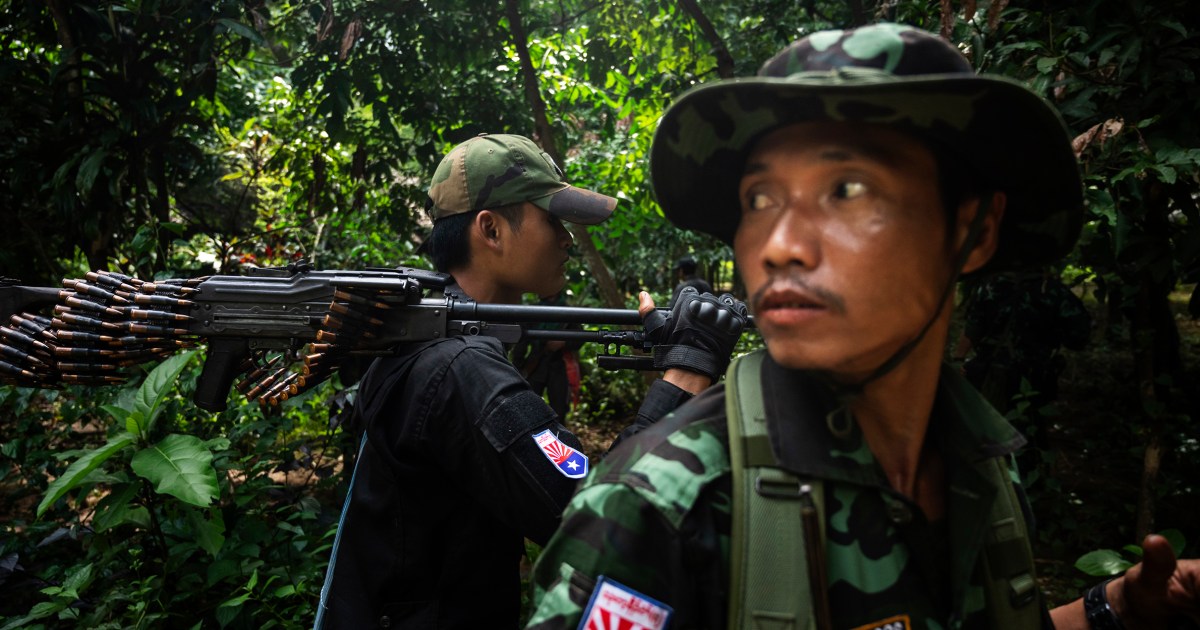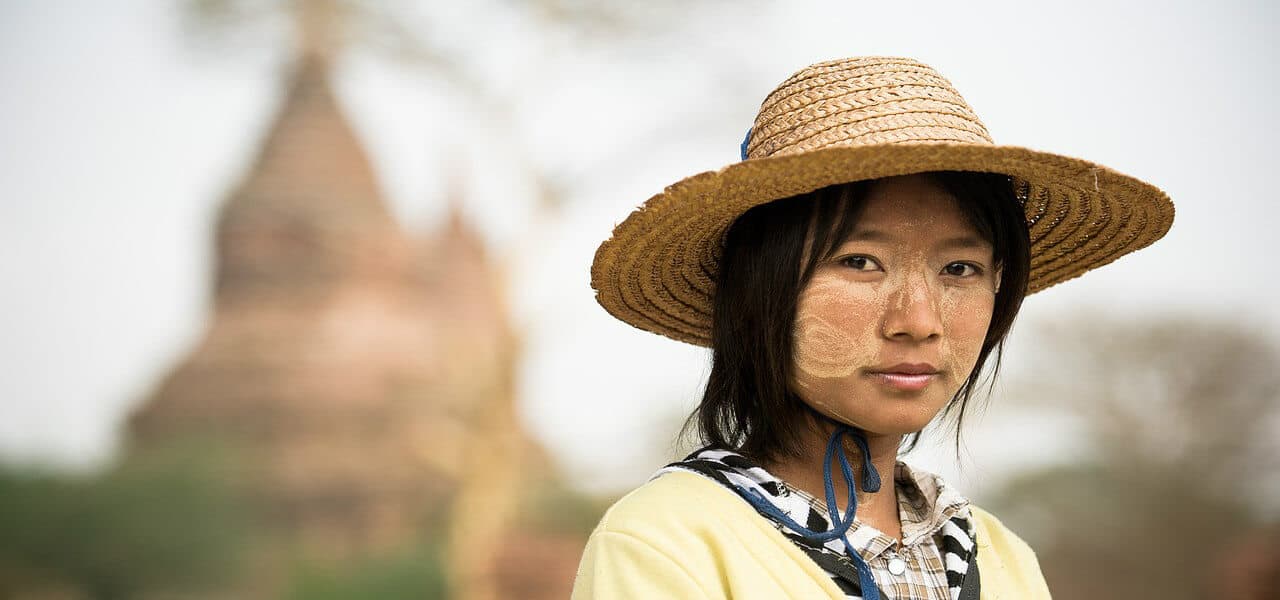Myanmar Guide: Southeast Asia's Complex Nation Amid Crisis and Culture
Myanmar Guide: Southeast Asia's Complex Nation Amid Crisis and Culture
Table of Contents

Myanmar, formerly known as Burma, stands as Southeast Asia's largest mainland country and one of its most complex nations. With a population of approximately 55 million people and covering 676,579 square kilometers, Myanmar has captured international attention due to its ongoing political crisis, rich cultural heritage, and strategic importance in the region. This comprehensive guide explores everything you need to know about Myanmar in 2025.
Geography and Strategic Location
Myanmar occupies a crucial position in Southeast Asia, bordered by China to the northeast, India and Bangladesh to the northwest, Thailand and Laos to the east, and the Andaman Sea and Bay of Bengal to the south. The country's kite-shaped territory stretches from latitude 10°N to 28°30'N, making it the northernmost country in Southeast Asia.
The nation features diverse topography, from the snow-capped peaks of Mount Hkakabo at 19,296 feet in the north to coastal plains in the south. Major rivers include the Irrawaddy, which flows entirely through Myanmar and serves as a crucial transportation artery, and the Salween River. The capital city is Naypyidaw, established in 2006, while Yangon (formerly Rangoon) remains the largest city and economic center.
Rich Historical Heritage
Myanmar's history spans millennia, beginning with ancient Pyu city-states and Mon kingdoms. The Pagan Kingdom, established in the 1050s, represented the first unification of the Irrawaddy valley and created the foundation for Burmese culture and Theravada Buddhism that dominates today.
Colonial period under British rule lasted from 1886 to 1948, when Myanmar gained independence. However, political instability plagued the nation, with military coups in 1962 and 1988 establishing long periods of military rule. A brief democratic opening from 2010-2021 ended abruptly with another military coup in February 2021.
Current Political Crisis and Civil War

Since the February 2021 military coup that overthrew the elected government led by the National League for Democracy, Myanmar has been engulfed in civil war. The military junta, known as the State Administration Council, faces widespread resistance from pro-democracy groups, ethnic armed organizations, and civilian militias.
According to recent reports, the military controls only about 21% of the country's territory, while opposition forces hold approximately 42% of Myanmar. The conflict has resulted in thousands of deaths, widespread displacement of over 3.5 million people, and a severe humanitarian crisis affecting millions more.
International Response
The international community has imposed extensive sanctions on Myanmar's military leadership and associated businesses. ASEAN, typically non-interventionist, has taken the unprecedented step of excluding Myanmar's military leaders from key summits. The United States, European Union, and other countries maintain strict travel advisories warning against all travel to Myanmar.
Diverse Culture and Ethnic Groups

Myanmar is home to over 135 officially recognized ethnic groups, making it one of the world's most ethnically diverse countries. The Bamar people constitute about 68% of the population, while significant minorities include Karen (6.69%), Rakhine (4.61%), Shan (4.51%), and Mon (2.19%) peoples.
Buddhism dominates religious life, with 87.9% of the population practicing Theravada Buddhism. The country boasts magnificent Buddhist architecture, including the ancient temples of Bagan, where over 10,000 Buddhist structures dot the landscape. Traditional culture emphasizes respect for elders, Buddhist teachings, and community harmony.
Languages and Communication
Burmese serves as the official language, written in a unique circular script. However, the country recognizes several regional languages including Chin, Kachin, Karen, Kayah, Mon, Rakhine, and Shan, reflecting its ethnic diversity.
Economy and Natural Resources

Myanmar possesses abundant natural resources, including jade, gems, oil, natural gas, teak, and minerals. The country has significant potential for renewable energy, particularly solar power. However, political instability and military control have severely hampered economic development.
Pre-coup, Myanmar's economy showed promise with GDP growth, but the 2021 military takeover triggered economic collapse. The World Bank estimates the economy contracted by 18% in 2021, with continued decline due to ongoing conflict, sanctions, and disrupted trade relationships.
Key Economic Sectors
- Agriculture: Rice, pulses, and other crops employ majority of workforce
- Natural Resources: Oil, gas, and mineral extraction
- Manufacturing: Textiles and garments for export
- Tourism: Severely impacted by political crisis
Travel Information and Safety
Current Travel Status: The U.S. State Department maintains a Level 4 "Do Not Travel" advisory for Myanmar due to civil unrest, armed conflict, and arbitrary law enforcement. Most Western governments strongly advise against all travel to Myanmar.
For those who previously visited Myanmar, the country offered remarkable experiences including:
- Ancient temples of Bagan
- Inle Lake's unique floating villages
- Colonial architecture in Yangon
- Traditional Buddhist monasteries
- Diverse ethnic cultures and festivals
However, current conditions make tourism extremely dangerous, with frequent military checkpoints, internet restrictions, and ongoing fighting in many regions.
Frequently Asked Questions About Myanmar
Why was Burma renamed Myanmar?
In 1989, Myanmar's military government officially changed the country's English name from Burma to Myanmar, along with many other place names. Myanmar is closer to the formal Burmese name, while Burma comes from the informal spoken form. The name change remains politically controversial, with some countries and organizations continuing to use "Burma" to avoid legitimizing the military government.
Is it safe to visit Myanmar in 2025?
No, travel to Myanmar is extremely dangerous in 2025. The ongoing civil war, military crackdowns, arbitrary arrests, and infrastructure collapse make it unsafe for tourists. Most governments issue "Do Not Travel" advisories for Myanmar due to armed conflict, civil unrest, and poor healthcare infrastructure.
What is happening with Myanmar's civil war?
Since the February 2021 military coup, Myanmar has been in civil war. Pro-democracy forces, ethnic armies, and civilian militias fight against the military junta across the country. The military controls only about 21% of territory as of late 2025, while opposition forces hold 42%. The conflict has displaced millions and created a severe humanitarian crisis.
What is Myanmar's main religion and culture?
Theravada Buddhism is practiced by 87.9% of Myanmar's population and deeply influences daily life and culture. The country is home to over 135 ethnic groups, with the Bamar people comprising the majority. Buddhist temples, festivals, and traditions form the cornerstone of Myanmar's cultural identity.
What are Myanmar's main natural resources?
Myanmar is rich in natural resources including jade, rubies and other gemstones, oil, natural gas, teak wood, and various minerals. The country also has significant potential for renewable energy, particularly solar power. However, political instability has severely limited resource development and international investment.
Myanmar's Future Outlook
Myanmar's future remains uncertain as the civil war continues with no clear resolution in sight. The international community maintains pressure through sanctions while providing humanitarian aid to displaced populations. The resilience of Myanmar's people, combined with the country's cultural richness and natural resources, offers hope for eventual stability and development, though significant challenges lie ahead.
Understanding Myanmar requires recognizing both its tremendous potential and current tragic circumstances. As one of Southeast Asia's most complex nations, Myanmar's story continues to evolve amid crisis and change.
Stay informed about Myanmar's evolving situation and the broader implications for regional stability.